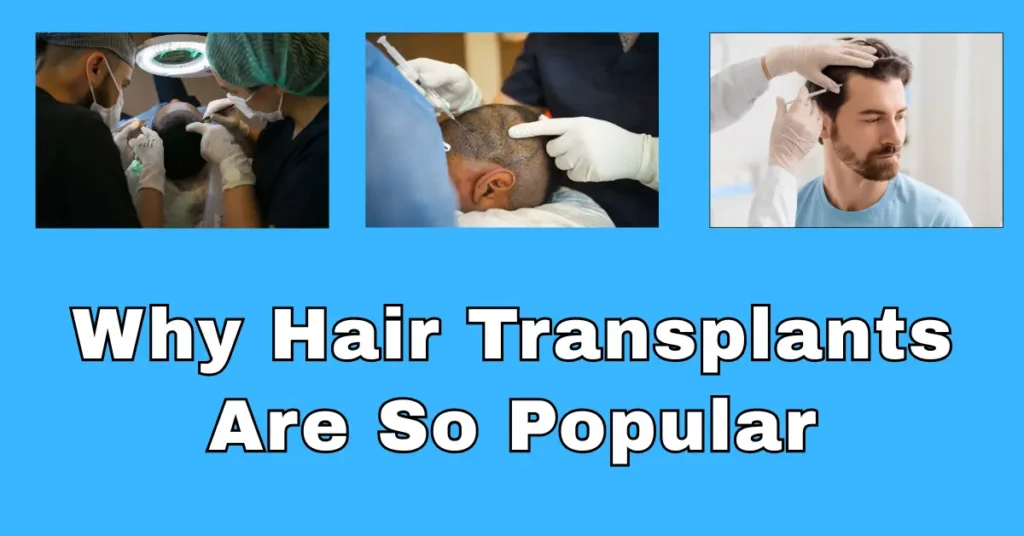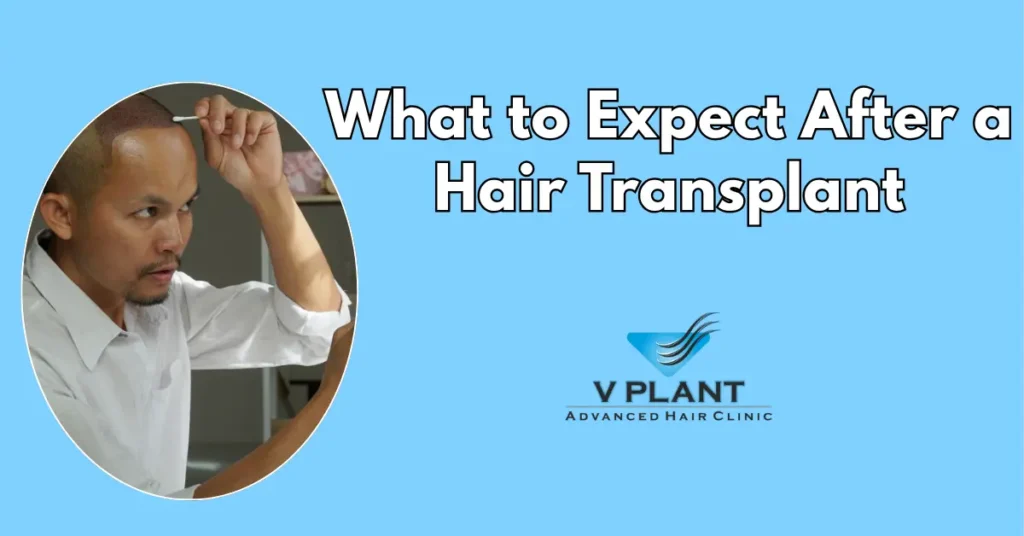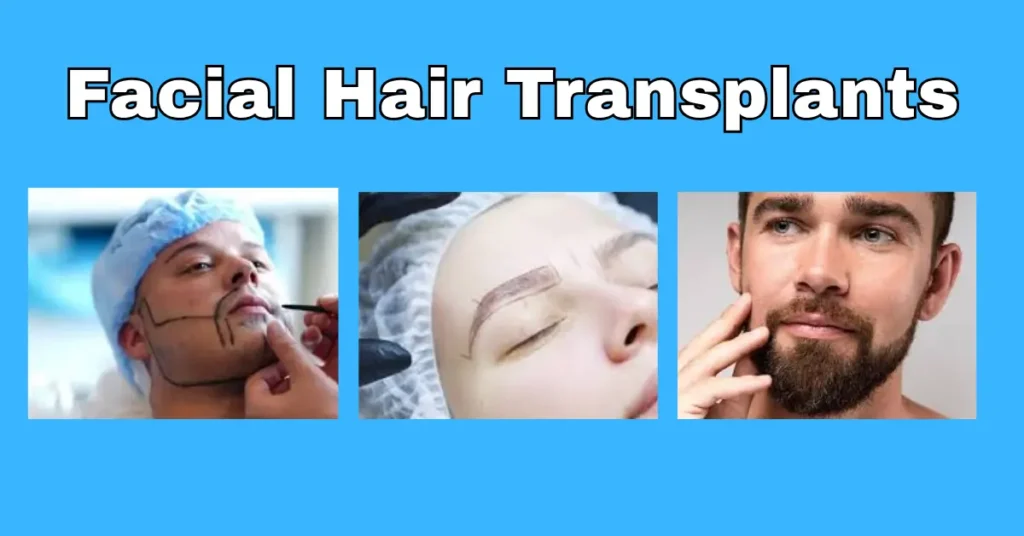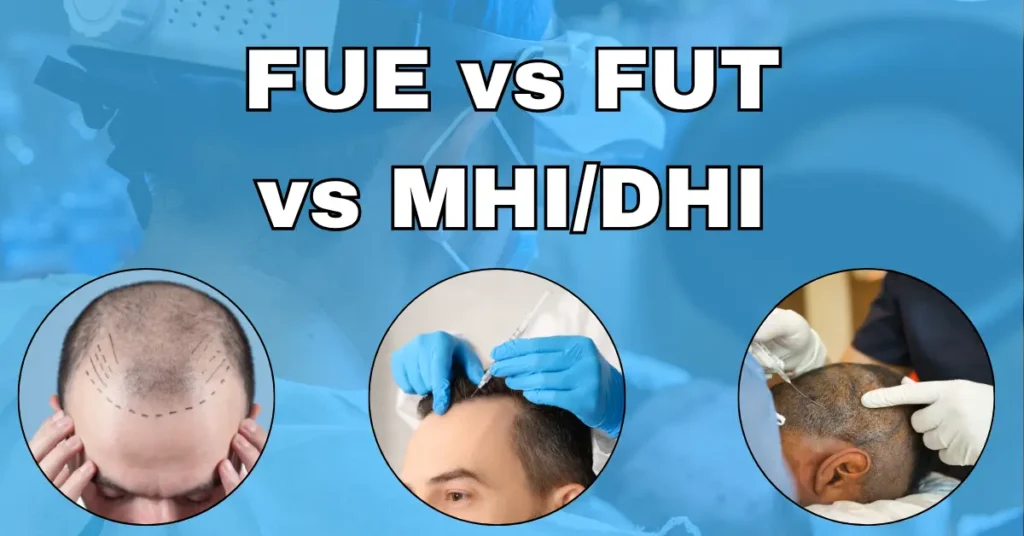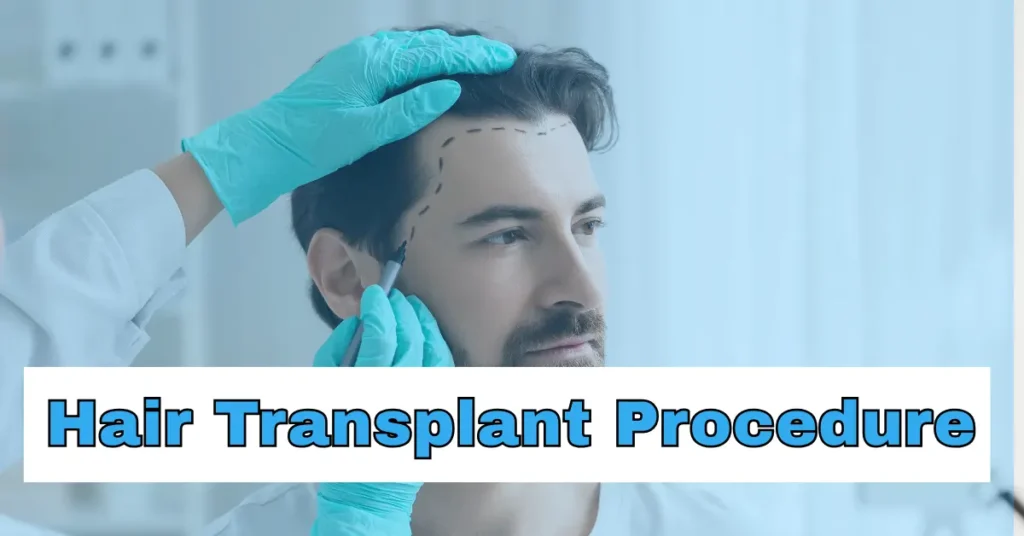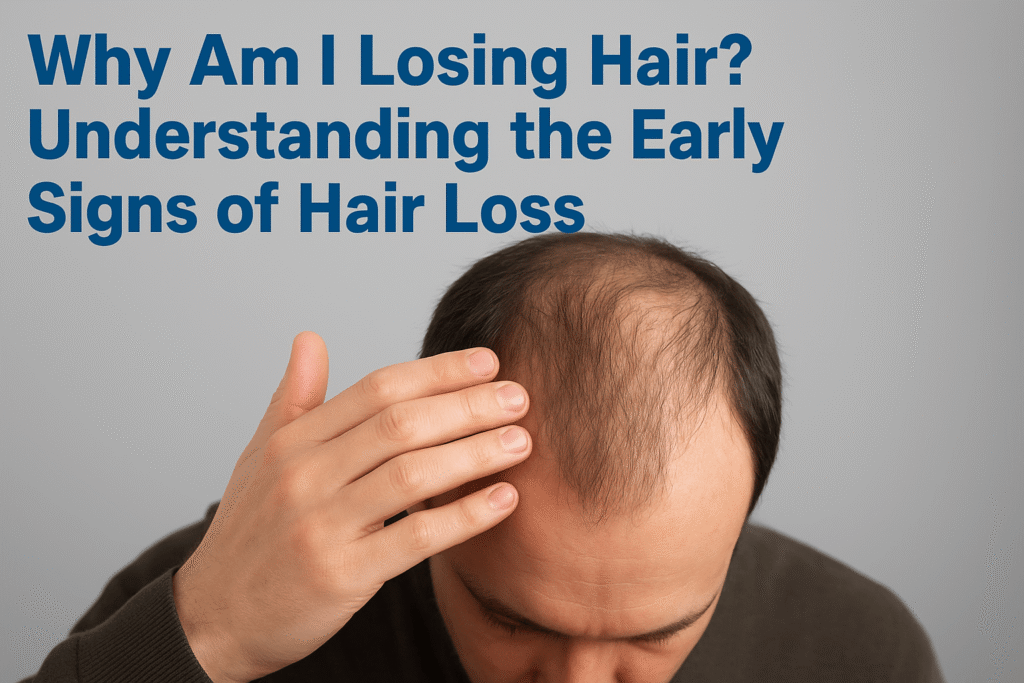Top 5 Reasons Why Hair Transplants Are So Popular
Top 5 Reasons Why Hair Transplants Are So Popular explores why more men and women are choosing this advanced solution for hair loss to regain confidence and achieve natural-looking new hair growth. Hair transplants have become incredibly popular because of their long-term results, minimal downtime, and ability to deliver visible, lasting hair regrowth. Modern types of hair transplant techniques such as Follicular Unit Extraction (FUE), Follicular Unit Transplantation (FUT), MHI, and DHI methods offer safe, effective, and scar-free outcomes. These procedures are ideal for people struggling with thinning hair or bald spots. This topic matters because hair restoration is more than just a cosmetic procedure—it’s a life-changing experience that helps people rebuild self-esteem and embrace a youthful appearance. Whether you’re exploring your first hair transplant procedure or learning about different types of hair transplant procedures, understanding these top reasons will help you make a confident, informed decision. Ultimately, it’s about reclaiming your identity with results that look completely natural. Hair Loss and the Rise of Hair Transplants Hair loss is one of the most common concerns affecting men and women across the world. Stress, pollution, hormonal imbalances, and genetics—including androgenetic alopecia—all contribute to hair thinning and baldness. As people search for an effective and lasting solution to hair loss, hair transplant surgeries have emerged as one of the most trusted and result-oriented options. Over the past decade, the hair transplant industry has grown tremendously, driven by advanced tools, improved techniques, and natural-looking outcomes. Whether it’s a receding hairline, bald spots, or thinning crown, hair restoration offers a proven path to new hair growth and renewed confidence. So, what makes hair transplants so popular today? Let’s explore the top five reasons behind their growing demand. 1. Permanent and Natural-Looking Results The biggest reason behind the popularity of hair transplant surgeries is their permanent and natural results. Unlike temporary solutions such as wigs, hair fibers, or topical lotions, a hair transplant procedure provides a long-term solution for hair loss. In this process, healthy hair follicles are carefully taken from the donor area—usually the back or sides of the scalp—and implanted into the balding or thinning recipient area. Because these transplanted hair follicles are genetically resistant to the DHT hormone that causes baldness, they continue to grow for life. Modern types of hair transplant techniques like FUE hair transplantations, FUT, and MHI & DHI methods have completely changed hair restoration. They minimize scarring, improve density, and deliver results that look and feel real. Patients can style, cut, or color their transplanted hair like natural hair. A skilled hair transplant surgeon ensures that every hair graft is placed with precision—at the right depth, angle, and direction—for a perfectly natural look. This combination of permanence and realism makes hair transplants a top solution to hair loss worldwide. 2. Advanced Technology and Improved Techniques The evolution of hair transplant technology is another major reason for its popularity. Gone are the days when people feared visible scars or fake-looking results. Today’s types of hair transplant procedures—like Follicular Unit Extraction (FUE), Follicular Unit Transplantation (FUT), MHI, and DHI methods—make the process more comfortable, precise, and efficient. Additionally, robotic-assisted tools and digital mapping help transplant surgeons ensure accurate graft placement and uniform density. These innovations have significantly improved the overall hair transplant experience, making it faster, more effective, and less invasive. People prefer these methods because they deliver natural-looking results, higher density, and minimal pain—helping patients return to normal life quickly. 3. Boost in Confidence and Self-Esteem Hair is closely tied to self-image and confidence. When people lose hair, it can affect how they feel about themselves. This emotional factor is one of the strongest reasons why hair restoration has become so popular. A successful hair transplant procedure doesn’t just restore hair—it restores self-confidence. Patients often feel younger, more attractive, and more positive after seeing new hair growth in once-bald areas. Examples: Since hair transplants provide permanent hair regrowth, the improvement in confidence lasts a lifetime. Many public figures have shared their hair transplant experiences, helping normalize the treatment and inspire others to consider it. For many people, a hair transplant surgery is more than just a treatment for hair loss—it’s a life-changing, empowering decision. 4. Safe, Minimally Invasive, and Low Maintenance Another reason hair transplants are so popular is their safety and simplicity. Thanks to innovation and skilled hair transplant surgeons, the process today is minimally invasive and low risk. Why patients love it: Because the patient’s own hair follicles are used, the risk of rejection or allergy is extremely low. Modern types of hair transplant techniques such as FUE, MHI, and DHI are known for leaving minimal or no scars, making the procedure discreet. This combination of safety, ease, and effectiveness makes hair transplant surgeries one of the most practical solutions for hair loss available today. 5. Increased Accessibility and Affordability In the past, hair transplants were seen as an expensive luxury reserved for celebrities. Today, they’re more accessible than ever. With growing expertise and an increase in experienced transplant surgeons, the cost of types of hair transplant procedures has become much more affordable. Clinics now offer flexible packages depending on the type of hair loss, number of hair grafts, and desired density. Medical tourism has also expanded options. Countries like India, Turkey, and Thailand have become leading hubs for advanced yet affordable hair restoration procedures. Skilled hair transplant surgeons in these destinations deliver world-class results at a fraction of the global cost. Moreover, virtual consultations and AI-based hair tests allow people to assess their donor area, understand their hair transplant expectations, and choose the best solution to hair loss from home. This combination of affordability, accessibility, and expert care has driven the worldwide boom in hair transplant popularity. Conclusion: The Future of Hair Restoration The popularity of hair transplant surgeries continues to rise—and for good reason. The combination of modern techniques, improved technology, and natural outcomes has made hair restoration more effective and accessible than ever. From FUE and FUT to MHI and DHI, these
Top 5 Reasons Why Hair Transplants Are So Popular Read More »

